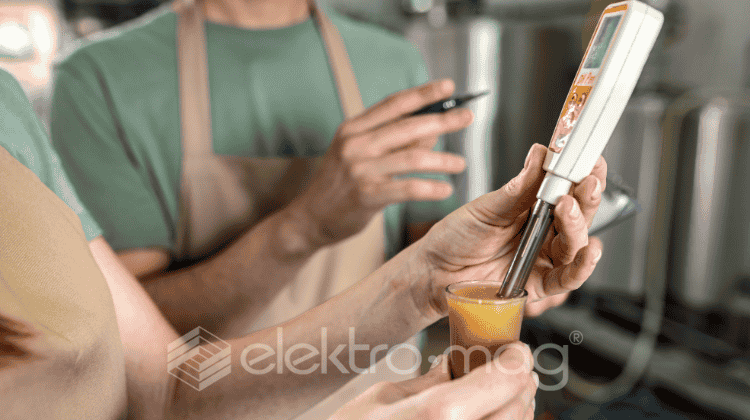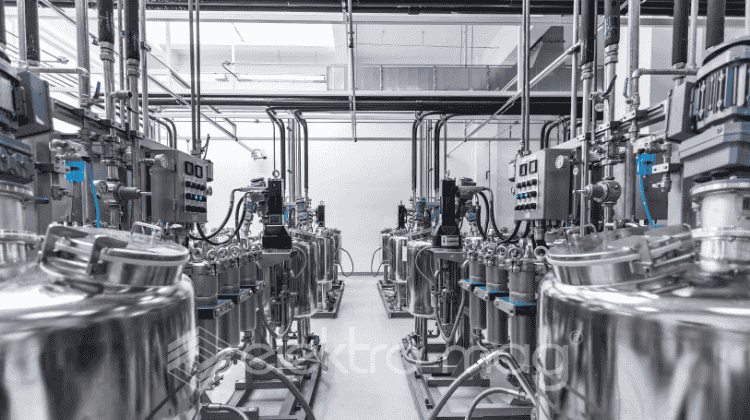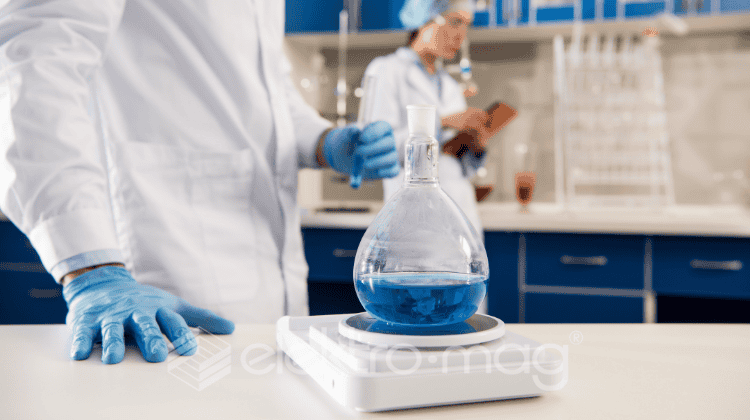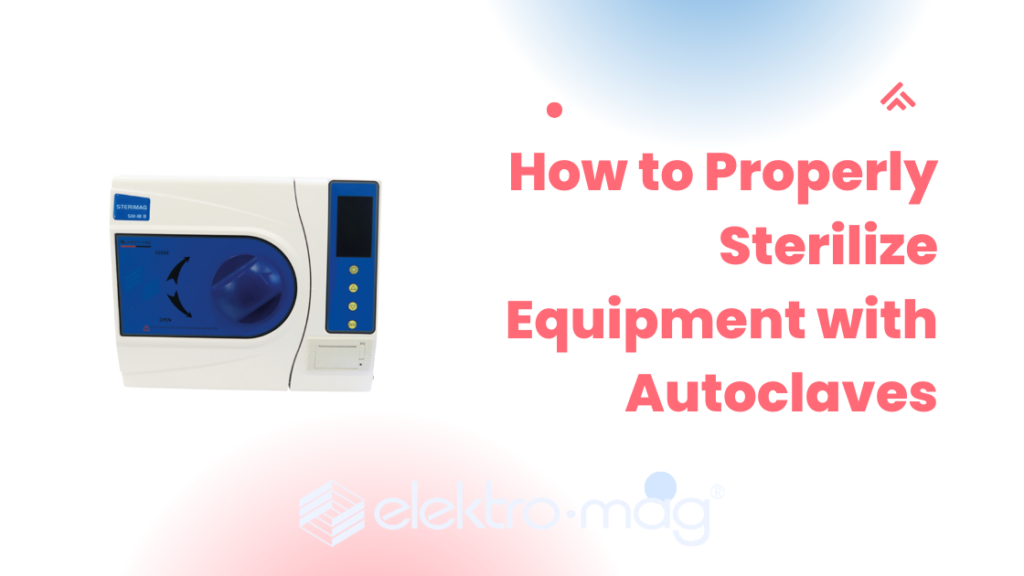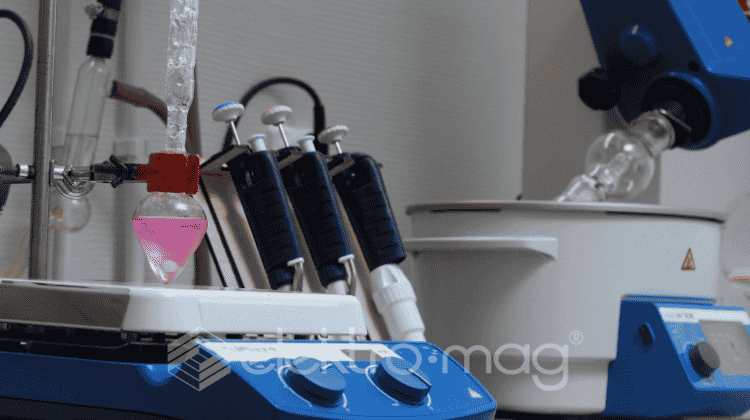
Erlenmeyer flasks, known for their conical shape and narrow neck, are essential in laboratories for mixing, storing, heating, and cooling various samples and solutions. Named after chemist Emil Erlenmeyer, these flasks differ from traditional beakers by reducing spillage and allowing easier swirling during titrations. With approximate measurements marked on their sides, they are suitable for general lab tasks but are not ideal for highly accurate measurements.
Types of Erlenmeyer Flasks and Their Applications
- Glass Erlenmeyer Flasks
Glass flasks are popular for their chemical resistance, transparency, and sterility, commonly used in biological and chemical labs. Although they provide clarity and durability, they are heavier and more prone to breakage than plastic flasks. - Plastic Erlenmeyer Flasks
Lightweight and shatterproof, plastic flasks are made from PETG or PC materials, offering durability without requiring sterilization between uses. These are especially suited for laboratories needing disposable options for fast-paced or hazardous environments. - Vented Cap Flasks
These flasks are equipped with vents or filters for gas exchange, which is essential for applications requiring oxygen regulation, such as fermentation and cell cultures. - Non-Vented Cap Flasks
Non-vented caps create a completely sealed environment, preventing contamination and evaporation. This type is ideal for sensitive cultures and long-term storage, maintaining a controlled atmosphere for lab applications. - Baffled Bottom Flasks
Baffled flasks enhance mixing efficiency by breaking up vortex formation, ensuring uniform distribution during agitation. They’re beneficial for applications requiring thorough blending, such as cell culture or media preparation. - Flat-Bottom Erlenmeyer Flasks
These flasks, featuring a flat base, are designed for stability on surfaces like magnetic stirrers, making them practical in setups where precise mixing is necessary without tipping risk.
Choosing the Right Erlenmeyer Flask
Selecting the appropriate Erlenmeyer flask depends on the experimental requirements, material compatibility, and environmental conditions:
- Material Choice: Glass provides high optical clarity and chemical resistance, while plastic is more durable and suitable for high-impact environments.
- Cap Selection: Vented caps support aerobic processes, whereas non-vented caps suit long-term storage by preventing contamination.
- Design Features: For mixing-intensive tasks, baffled bottoms enhance uniformity, while flat-bottomed options offer stability on surfaces.
Additional Considerations for Erlenmeyer Flasks
- Graduations: Opt for flasks with molded graduations instead of printed ones to ensure legibility over time.
- Pre-Sterilization: Pre-sterilized flasks save time in contamination-sensitive environments, maintaining high sterility levels.
- High-Strength Options: Some flasks are specifically designed with low leachability and high chemical resistance to protect sample integrity.
Conclusion Erlenmeyer flasks are indispensable for labs that value efficiency in sample handling, safety, and versatility. By understanding the types and selecting the right features, scientists can optimize their workflow for mixing, storing, and incubating samples effectively.

